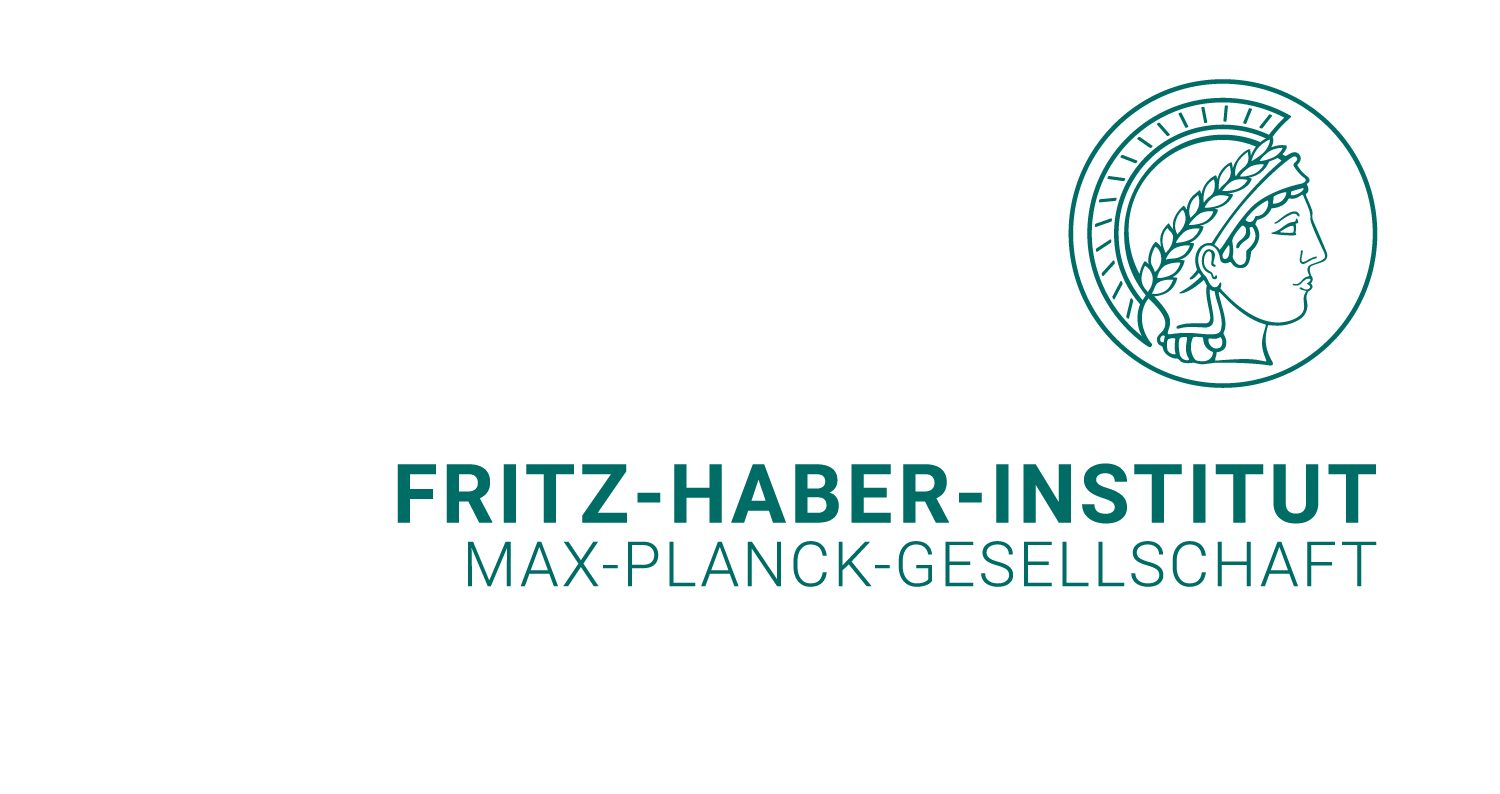Advanced Electronic-Structure Methods
Xinguo Ren and Matthias Scheffler
Group- Home
This group is jointly lead by Xinguo Ren from the Chinese Academy of Sciences in Beijing and Matthias Scheffler from The NOMAD Laboratory in Berlin. It develops and implements advanced electronic-structure methods that are both accurate and tractable for materials science. Current work focusses on advancements of the GW approach and on coupled-cluster theory for solids.
The GW Method is currently the method of choice for evaluating bandgaps and band structures. Its dependence on the DFT starting point and its unfavorable scaling with the system size cause several problems. We are currently working on improvements, e.g. making GW calculations easier to use, more robust, and advancing the code so that it runs efficiently on exascale computers. Another focus concerns the development of an electronic self-energy that accounts for the electron-electron as well as electron-vibrational interactions. For the latter our theory includes but also goes well beyond the phonon pictures. Thus, we are tackling strongly anharmonic systems.
Coupled-Cluster theory is considered the gold standard of quantum chemistry. Typically, it addresses the ground-state total energy of atoms and molecules. The CC4S code by Andreas Grüneis brings this to solids and we have written interface to the FHI-aims electronic structure software package1. We are currently developing the equation-of-motion approach of coupled cluster theory which enables the calculation of neutral and charged excitations. The latter can be compared to GW.
[1] Interface to high-performance periodic coupled-cluster theory calculations with atom-centered, localized basis functions. E. Moerman, F. Hummel, A. Grüneis, A. Irmler, and M. Scheffler, Journal of Open Source Software, 7(74), 4040 (2022). https://doi.org/10.21105/joss.04040.

